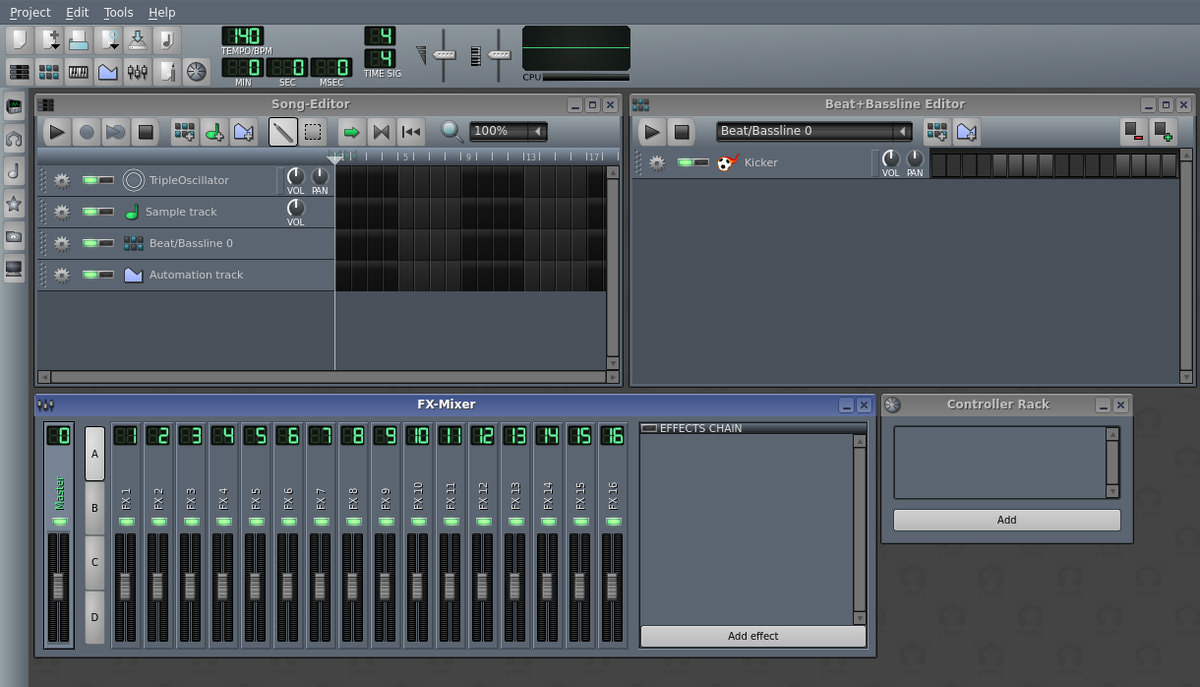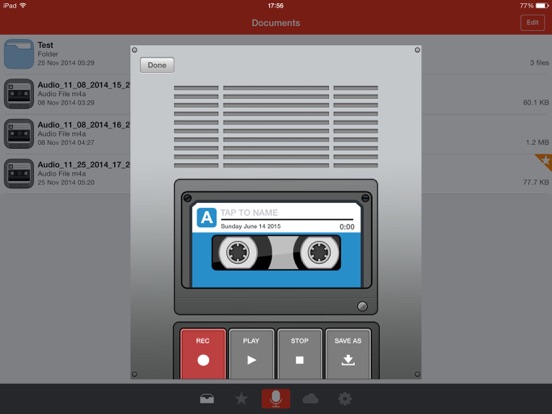

- #VOICE RECORDER AND AUDIO EDITOR HOW TO#
- #VOICE RECORDER AND AUDIO EDITOR FULL#
- #VOICE RECORDER AND AUDIO EDITOR ANDROID#
- #VOICE RECORDER AND AUDIO EDITOR SERIES#
- #VOICE RECORDER AND AUDIO EDITOR DOWNLOAD#
Great for students since they don’t need an email address to record and files are only accessible by the link you’re given. Audio file can be downloaded to save elsewhere. Recordings are stored for three months since the last playback. SpeakPipe gives you a link to your recording. Save to your computer and/or store online. SpeakPipe – Free, online voice recorder.Shukes and Giff is a fun edtech podcast using Anchor. Listeners can leave voice messages, which can be added to your next podcast episode. Podcasting with someone else is as easy as having a phone conversation. All podcasts are public, students must be 13 or older to have their own accounts. Anchor– Free and easy to use app to record audio and create podcasts.Video plays back with the mouth opening and closing and playing your audio. Take a photo or snap a photo of a drawing, draw a line to indicate where the mouth should be and record your audio. I often use it as a super simple test of any audio recording equipment setup. Simple interface makes it easy to use with younger students.
#VOICE RECORDER AND AUDIO EDITOR DOWNLOAD#
Download for safekeeping or upload to other audio storage sites. Recordings are stored online, but not forever. Vocaroo – Very simple tool, with limited features.
#VOICE RECORDER AND AUDIO EDITOR ANDROID#
#VOICE RECORDER AND AUDIO EDITOR FULL#
Make sure you watch the full 4 minutes, the kids do a great job explaining what they’re doing and why they enjoy it. Audioboom is no longer free, but you could do this sort of project with other tools like Flipgrid, Padlet, etc.
#VOICE RECORDER AND AUDIO EDITOR HOW TO#
Project Audio: Teaching Students How to Produce Their Own Podcasts – New York Times step by step guide to creating student podcasts.TIP: Shy students? Noisy room? Record in privacy! Shannon Holden of EdWeb had a great idea, buy an inexpensive popup pod for privacy. But the rest of us know what your voice really sounds like, so don’t be shy! And remember, no one likes to hear their own voice, we just don’t sound right to ourselves do we. Use voice typing in Google Docs to record thoughts faster than many students can type, particularly helpful for younger students.Ĭreate audio blog posts, record presentations, practice vocabulary, share reflections and thoughts, and so much more.įor this lesson, get out your microphones, your laptops with built in microphone or your mobile devices and have some fun testing out audio tools. With the Stor圜orps app students learn more about effective storytelling and can share family memories with the world.
#VOICE RECORDER AND AUDIO EDITOR SERIES#
Using audio recording tools, your students could create a podcast series sharing book reviews on a weekly basis. INTRODUCTION photo credit: Ayton via photopin ccĪudio tools help students record their thoughts, share book reviews, give presentations, gain confidence and more.

* Remember you don’t have to explore everything in this lesson.


 0 kommentar(er)
0 kommentar(er)
